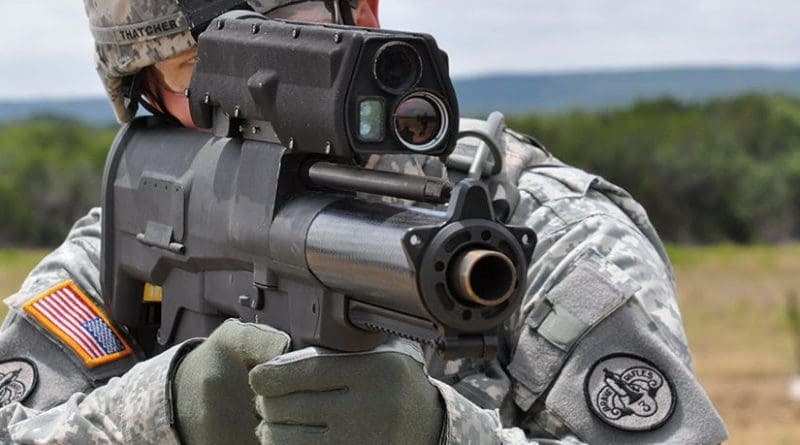New Study Faults Lack Of Transparency In Arms Trade – Analysis
By IDN
By Rodney Reynolds
A new study on the international trade in small arms and light weapons confirms the long standing traditional secrecy in the global market place.
Released June 6 – to coincide with the Sixth Biennial Meeting on the Implementation of the Programme of Action to Eradicate the Illicit Trade in Small Arms – the study pointedly says “export authorizations remain the most opaque dimension of small arms reporting”.
The 2016 Transparency Barometer, which evaluated the reporting practices of 49 countries, identified only three countries – Germany, the UK and the Netherlands – as “the most transparent major small arms exporters”.
The Netherlands was among the top three, due to improvements in reporting through its monthly arms export reports, which include new information on re-exports.
For the first time since 2007, Switzerland has relinquished the top spot and is now the fifth most transparent exporter. The others in the top ten are Serbia, Switzerland, Romania, Belgium, Portugal and Poland, with Sweden in tenth place.
The least transparent included Iran, North Korea, Saudi Arabia and the United Arab Emirates (UAE), each of which scored “zero points” on the barometer. Others at the bottom of the scale (and slightly above the four least transparent) include: Peru, Bosnia and Herzegovina, Singapore, Ukraine, China, Brazil, Taiwan and Israel.
According to the UN Office of Disarmament Affairs (UNODA), illicit flows of small arms and light weapons undermine security and the rule of law. They are often a factor behind the forced displacement of civilians and massive human rights violations.
In 2001, UN member states adopted the Programme of Action to Prevent, Combat and Eradicate the Illicit Trade in Small Arms and Light Weapons in All Its Aspects (PoA). Under the PoA, governments agreed to take measures to improve national small arms laws, import and export controls, stockpile management, and to engage in regional and international cooperation and assistance.
In 2005, member states also adopted an International Tracing Instrument (ITI), which requires governments to ensure that weapons are properly marked. Moreover, it provides a framework for cooperation in weapons tracing – fulfilling one of the commitments governments made in the Programme of Action.
The new study, titled Trade Update 2016: Transfers and Transparency and published by the Graduate Institute of International and Development Studies in Geneva, is supported by the Swiss Federal Department of Foreign Affairs.
Speaking to reporters June 6, Olivier Marc Zehnder, Deputy Permanent Representative of Switzerland, said the “arms trade treaty and its reporting obligations play a crucial role in promoting responsible arms transfers,” and stressed that “universal ratification remains vital and reporting obligations must be fulfilled by State parties.”
He said the report provides an overview of the international trade in small arms and light weapons in 2013, identifies the world’s top and major exporters of small arms and light weapons, and assesses changes in trade patterns from 2012 to 2013.
The update also presents the 2016 edition of the Small Arms Trade Transparency Barometer, which scores key exporters from the most to the least transparent.
The report found that in 2013, the top exporters of small arms and light weapons – those with annual exports of at least $100 million – were, in descending order, the United States, Italy, Germany, Brazil, Austria, South Korea, Turkey, the Russian Federation, the Czech Republic, Israel, Belgium, Croatia, China, Switzerland, Japan and Spain.

